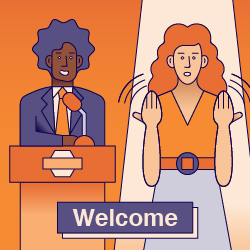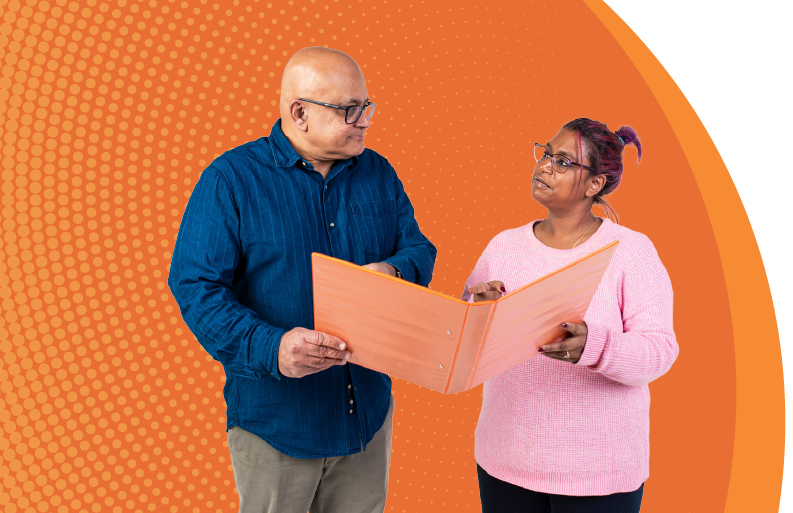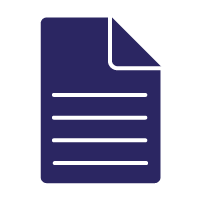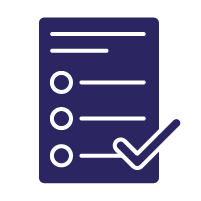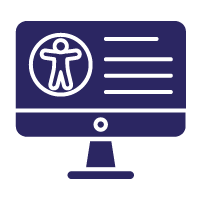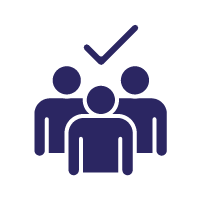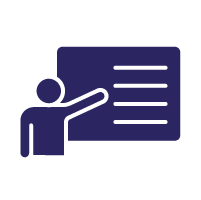Not sure about user testing?
We explain the why, how and who of user research and why you should consider it for your next communications project.
Find out more about user testing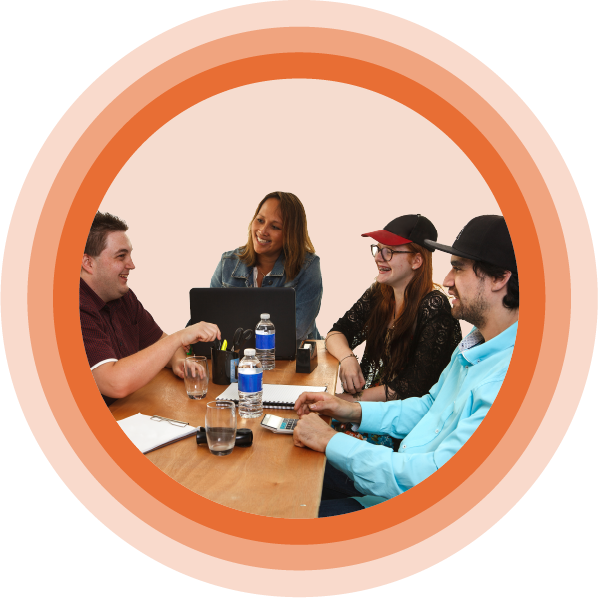
Our latest work
-
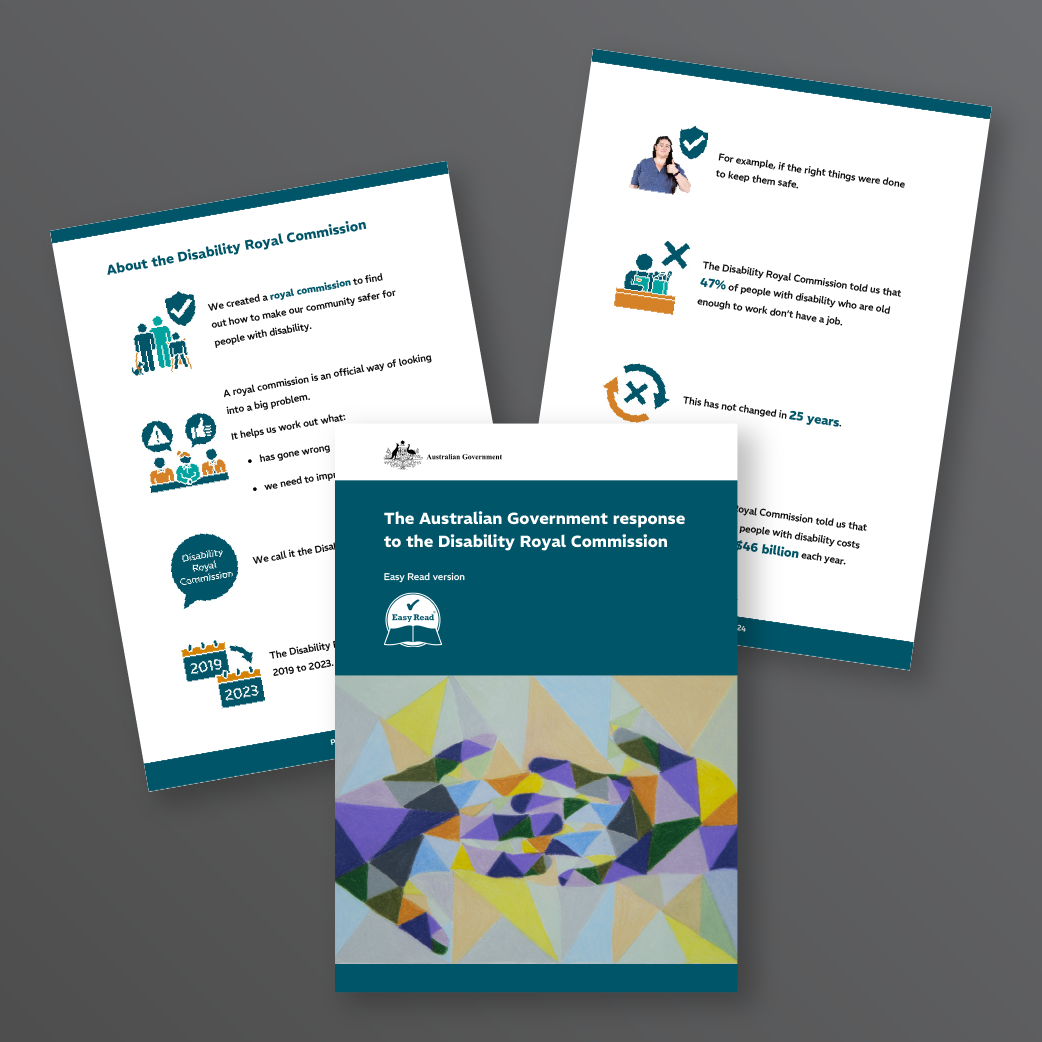
We worked with the Australian Government Department of Social Services (DSS) to create an Easy Read outline of the Australian Government’s response to the Disability Royal Commission into Violence ...
-
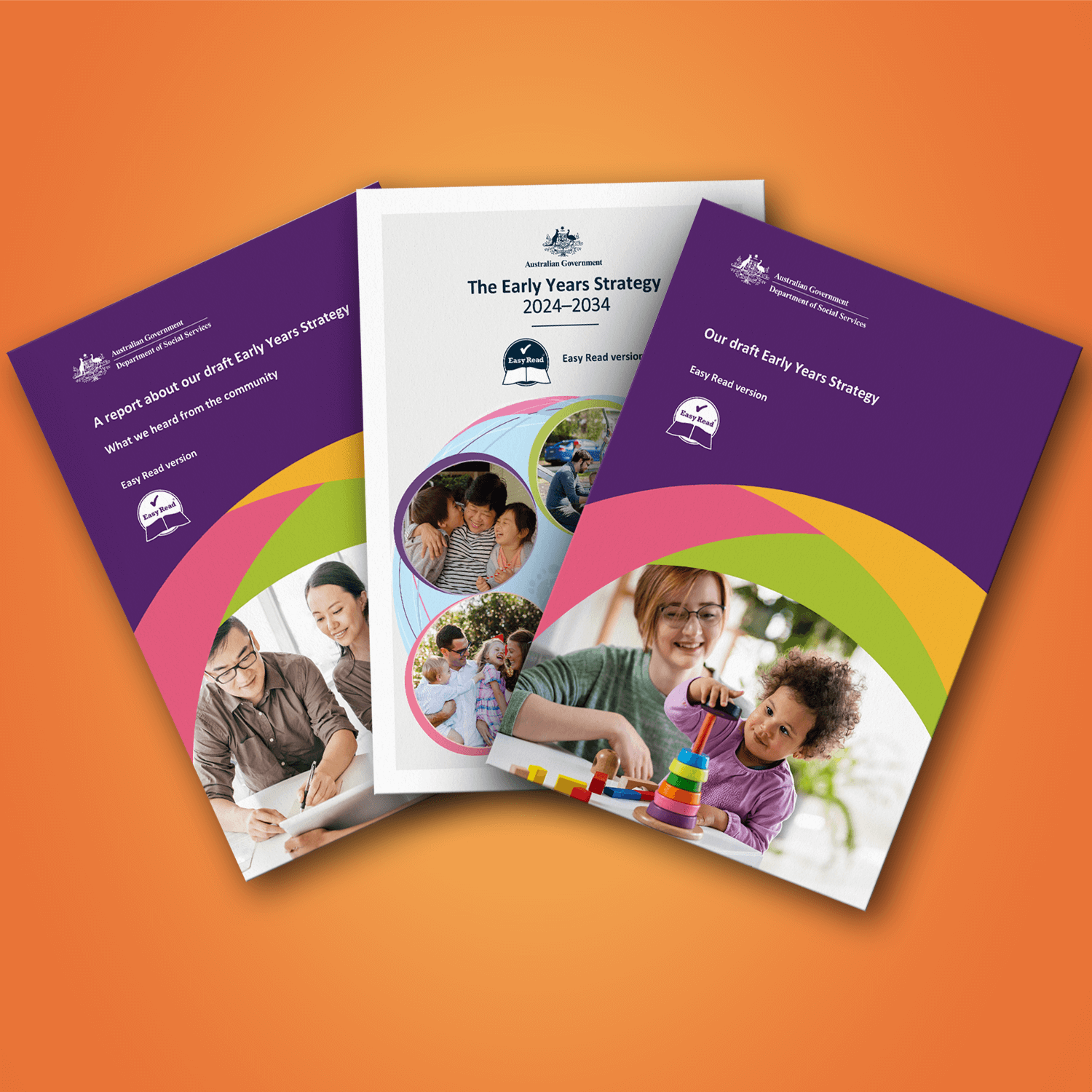
The Early Years Strategy is a plan to support all children from before they are born until they are 5 years old, as well as their families, carers and communities ...
-
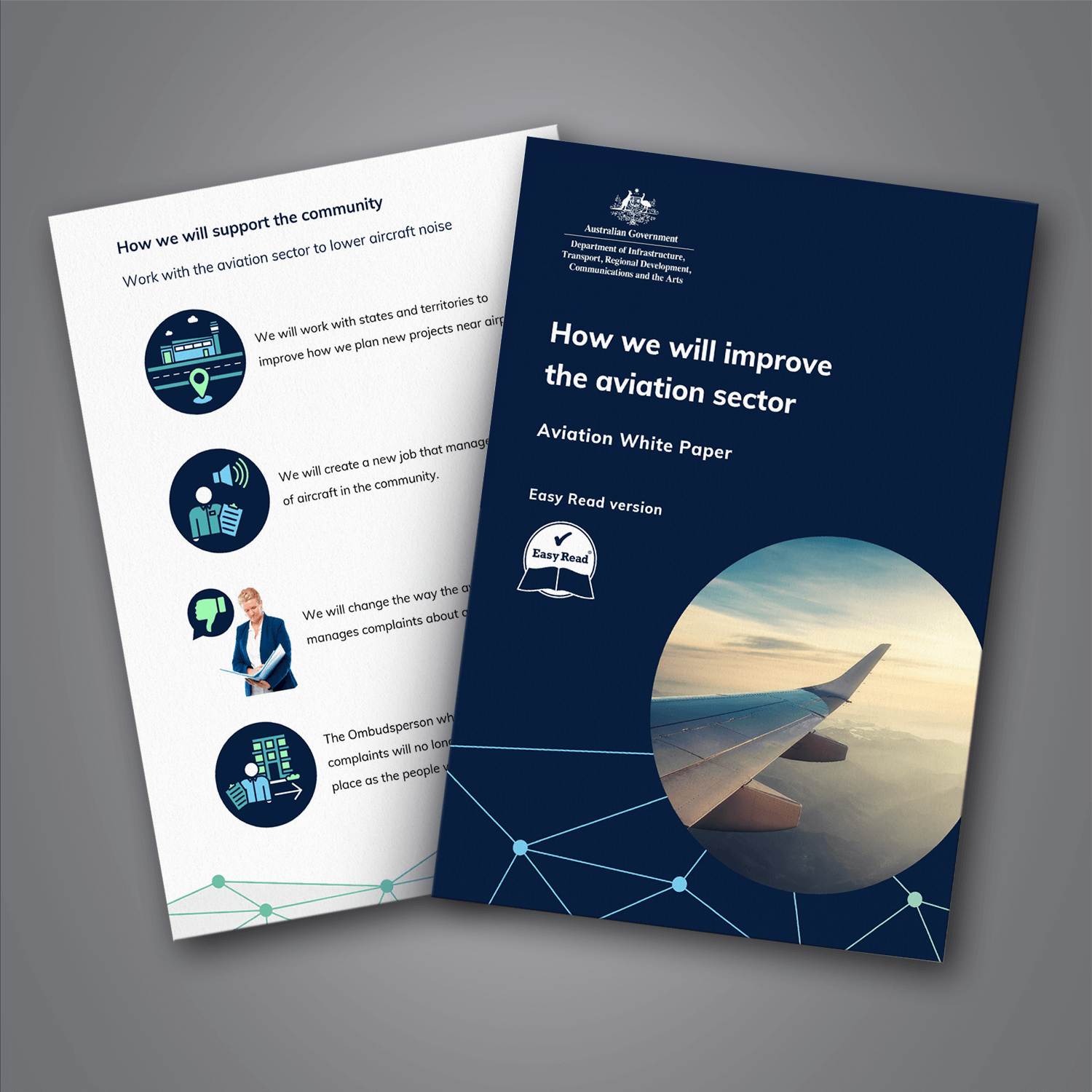
We worked with the Australian Government Department of Infrastructure, Transport, Regional Development, Communications and the Arts (DITRDCA) to create Easy Read information about their vision for the aviation sector towards ...
Latest news
Students with dyslexia – what it can be like and how to support them
14 October 2024
It’s estimated that between 10 and 20% of Australians live with dyslexia. We explain the complex process of how reading works, what it can be like for students with dyslexia navigating school, and what their parents, carers and teachers can do to support them.

Meet the people behind our passion: Sienna
10 October 2024
Each month we introduce you to a member of our team so you can learn more about the people behind the passion and what makes them proud to be part of the work we do. This month we’d like you to meet Sienna.

Making your event more accessible for people who are Deaf or hard of hearing
12 September 2024
Not sure what the difference is between captions, live transcribing, assistive listening devices and Auslan? We’ve got you covered. We explore the different types of communication tools you can consider using to make your event more accessible for people who are Deaf or hard of hearing.
